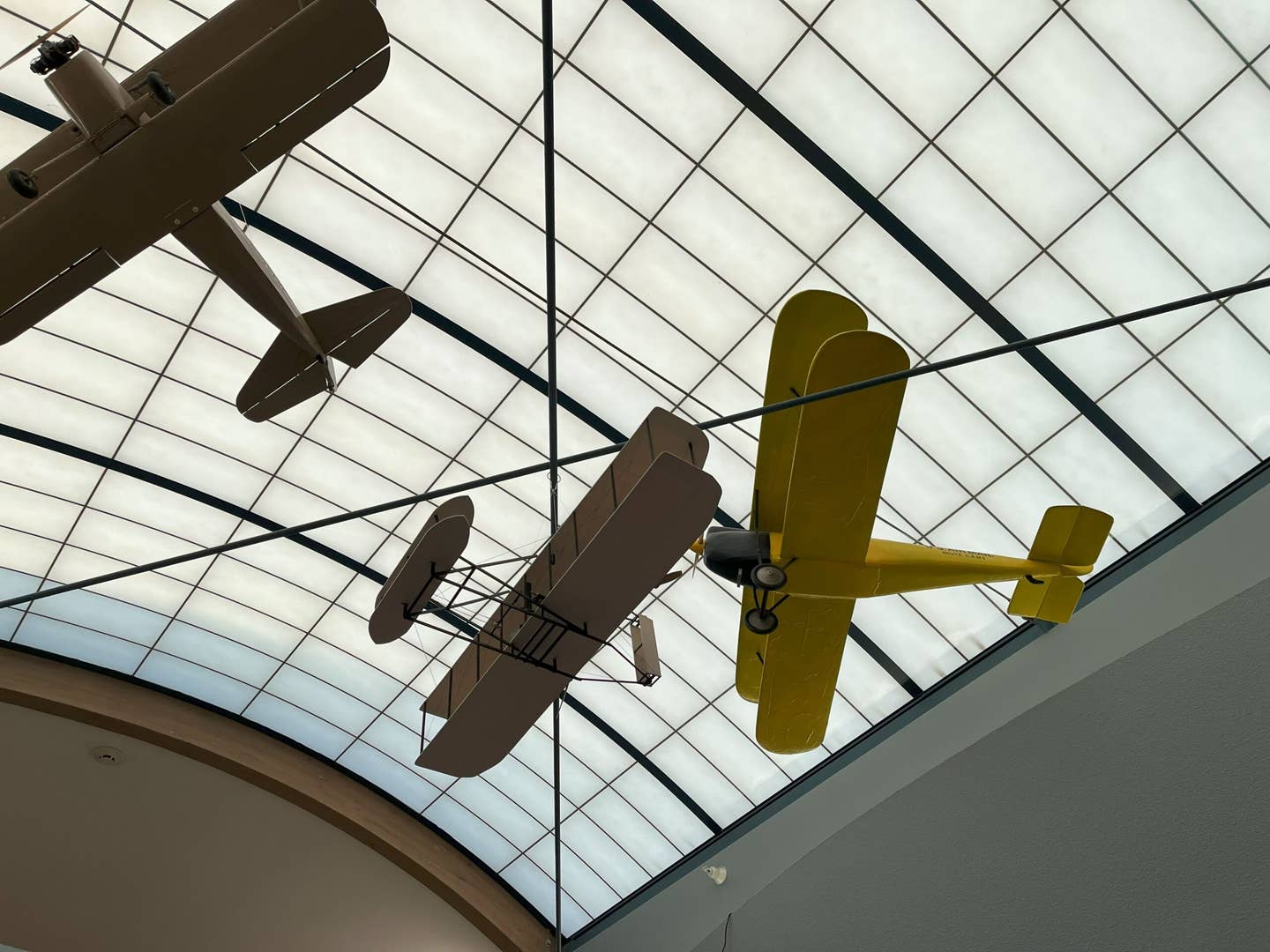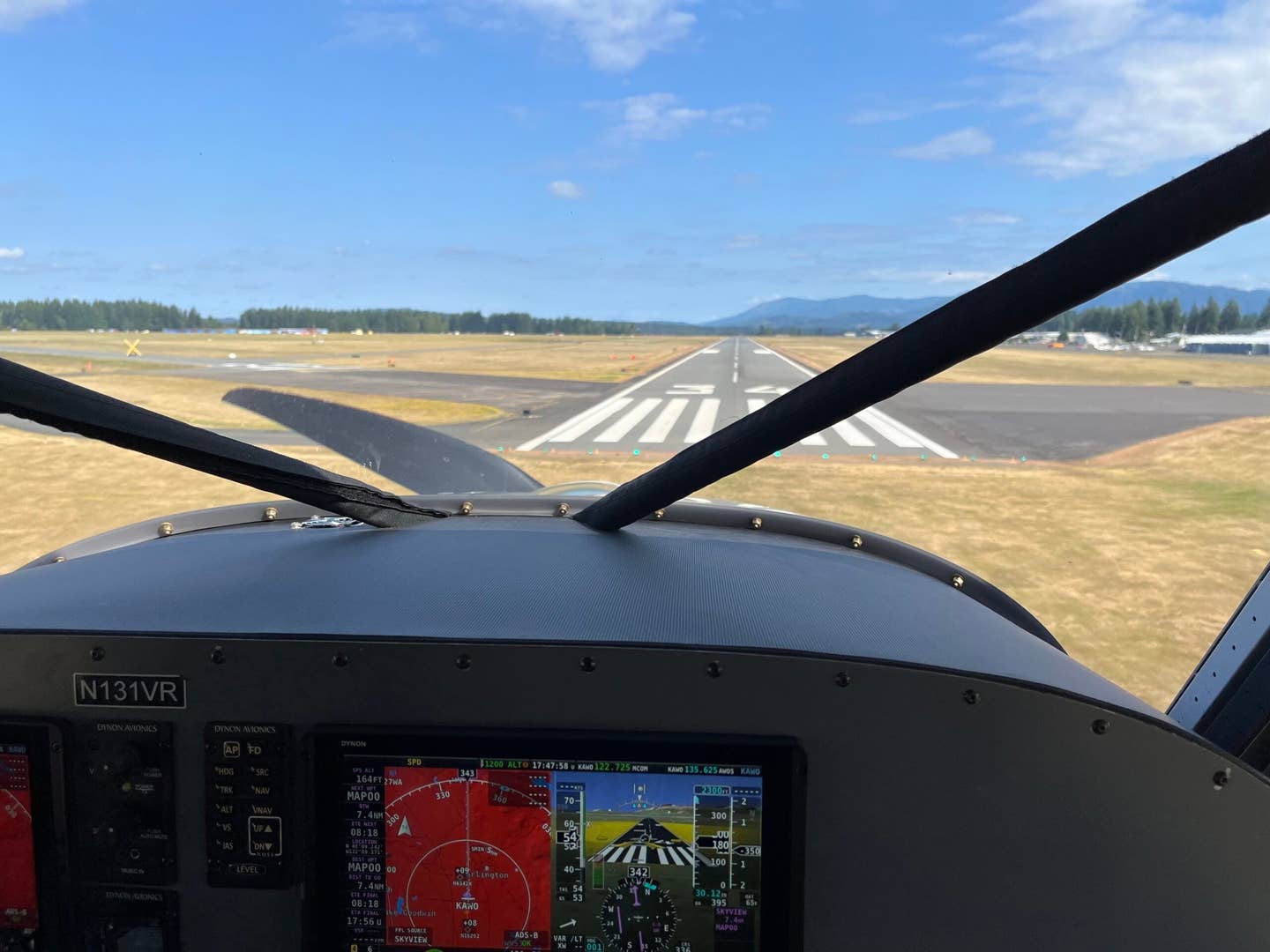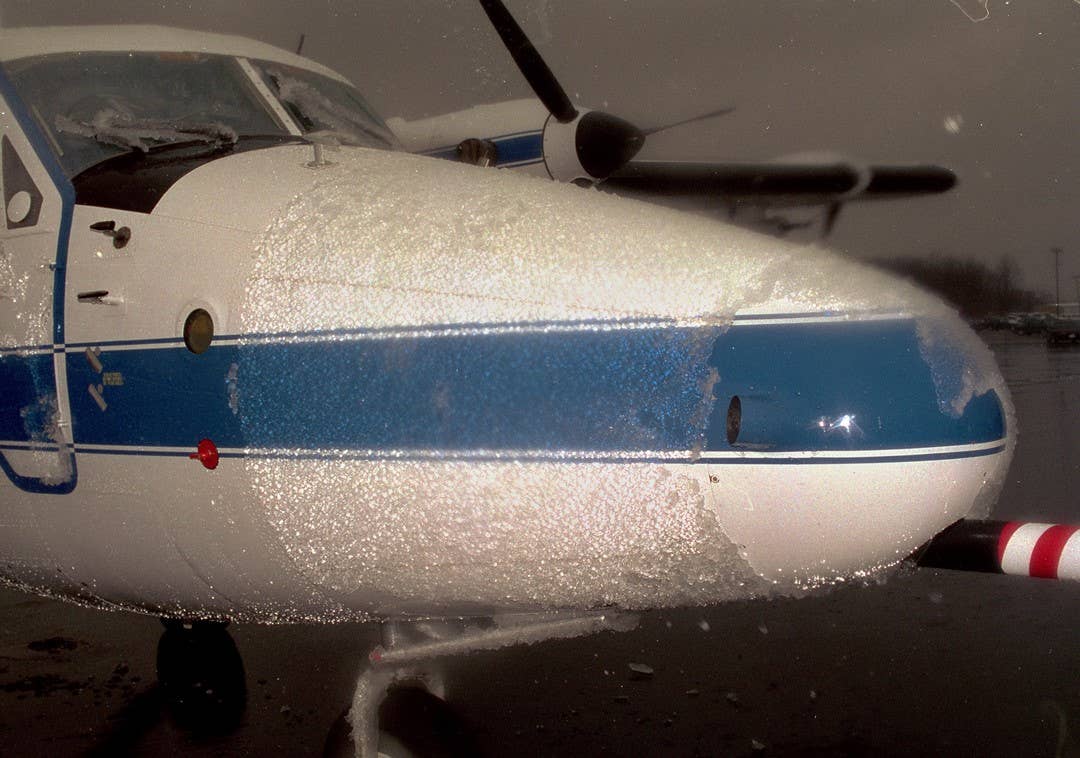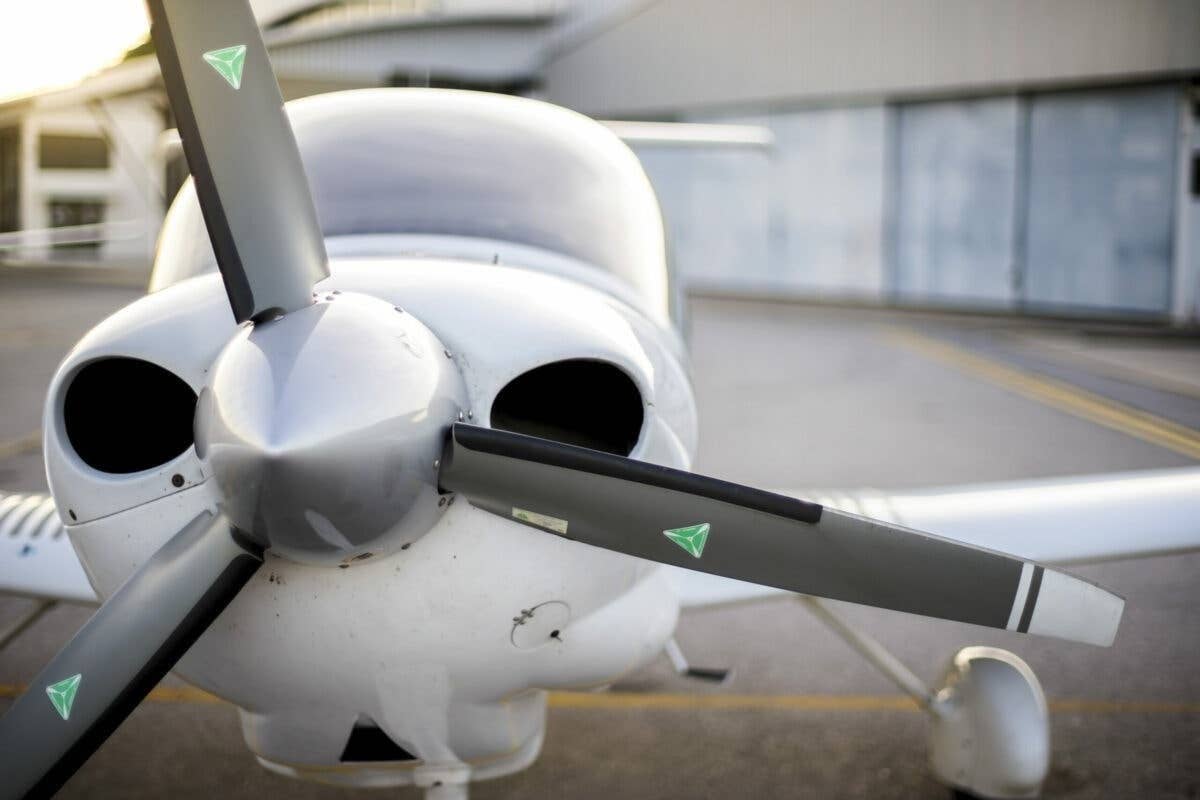
Distraction in the cockpit from passengers is a risk that easily can be mitigated. Shutterstock
Iliamna is a great fly-in fishing destination in southwestern Alaska. In early summer, however, it often has rain, with low ceilings and visibilities. The day of this flight was no exception. As we prepared for our IFR departure, the mountains all around were in the clouds. There is no radar at the airport, and missing the mountains meant we would have to carefully follow the complicated departure procedure found in the front of the terminal procedures book.
Martha and I were briefing it one more time just before engine start when a passenger in back cupped his hands and hollered, “Do you have a flight plan?” It was a bad time to be distracted.
Frankly, my first reaction was annoyance. Of course we had a flight plan — it was clearly going to be an IFR departure. This passenger was a retired fighter pilot and test pilot, and he should know that. Then I realized it was a playful gesture, intended to be fun. Still, it took me a beat to figure out how to answer. Then I hollered back, “Hell no. We don’t need no stinking flight plan!” Our passenger was pleased.
The distraction was only momentary, and we successfully completed our briefing and departure with no problem. However, it did serve to remind us that distraction from passengers at critical times can be a real risk factor.
To mitigate that risk we brief our passengers to limit conversations with us to safety issues until we are in cruise. But unlike in the airlines where pilots are shielded from their passengers before and during a flight, passengers in general aviation have free access to the pilot or pilots and often forget the rule.
General aviation pilots are the functional equivalent of the gate agent, ramp agent, and cabin flight attendant as well as being the pilot. As a result, passenger distraction can interfere with your concentration even before you get in the airplane.
Martha and I try to get to the airplane before our passengers arrive. This allows us to do a careful pre-departure briefing with each other as well as our preflight inspection of the aircraft. Our plans are often foiled by passengers who politely want to make sure they don’t delay things, and who also arrive early.
The first thing they will usually ask is, “How can I help?” While we are inclined to say, “Let us concentrate for a bit,” we have found that it works much better if we give them something to do. We show passengers who will fly frequently with us how to load and secure the baggage compartments. This allows us to resume our briefing and do the aircraft inspection, which in our plane has some unusual items — like horizontal stabilizer jackscrew position, tricky fuel door latches and a nose-wheel steering pin — that require special attention.
Besides distraction, another risk from passengers can arise from the pressure they may put on you to complete a trip. Martha and I learned how powerful this pressure could be on another Alaskan trip, this time in our Cessna 340. The left engine’s turbocharger wasn’t behaving properly, and we made an unscheduled landing at Sitka Rocky Gutierrez Airport to sort things out. The mechanic there wasn’t familiar with turbochargers, so we called our home shop and got a list of things for the Sitka mechanic to do.
After he went through the list the engine ran fine, so Martha and I got everyone on board and I taxied out to the runway. In the run-up area I realized that I didn’t know for sure what the problem with the engine had been, so I couldn’t have 100 percent confidence in it. We were about to head off at night on a trip near the range limit of the airplane, over an area with few alternative airports — all of which had high minimums. Plus, Martha was coming down with something and was feverish, and I was becoming aware that I was exhausted.
I taxied back to the ramp, shut the engines down and announced we were going to spend the night in Sitka. One of our passengers was livid about the sudden change in plans. He pointed out the inordinately high cost of Sitka hotel accommodations, his urgent need to get to his destination for business, the loss of time with his family and every other objection he could think of. We really like this person, and I felt incredible pressure. We did spend the night in Sitka, but it took tremendous willpower to resist against his desire to go.
In retrospect we realized that we had left ourselves vulnerable to this pressure by not heading it off before we ever departed. We now advise passengers before every trip that it could very well be delayed or canceled for numerous reasons, including weather, a mechanical problem, or pilot fatigue or illness. Plus, we always explain that unlike in the airlines, we don’t have backup airplanes or crew members. If problems arise en route or on the distant end of the trip, they could be stranded. They would be responsible for their own transportation from there on.
The speech works too. One time on startup, one of our starter motors failed. We had already given our “the trip could be canceled” speech, so we told our passengers, “If you really need to get home today, you should go over to the airline terminal and get on a flight.” One of our passengers took us up on it. We got a new starter motor installed that same morning and beat the passenger home, but setting the terms in advance let us work through the problem without feeling inordinately rushed or pressured.
Failure to set passenger expectations in advance can have tragic results. There is the case of the Gulfstream crew going into Aspen in bad weather. The pilots had all sorts of pressure applied to them, including reportedly having a passenger stand between them in the cockpit just before descent and tell them, “It is really important that I get there tonight.” Everyone on board died in the attempt.
Sometimes direct passenger interference can be a risk. Once on a small lake in Michigan we participated in a party for the pilots and crew of the blimp we occasionally flew. Martha was giving rides in a steam-powered boat, and I was giving rides in an Aeronca Chief on floats. A local boat owner rescued some of our partiers from their disabled watercraft, and the blimp crew brought the good Samaritan to me and asked if I would give him a ride in the floatplane. I said, “Sure.”
After we got airborne, I realized the good Samaritan was really drunk. Then he said, “You know, I used to fly. I’ll bet I could fly this.” When I didn’t respond, he said, “Can I try flying it?” I thought, “If I give him the controls, how will I get them back from him?” Then I realized in this case he would hand the controls back to me voluntarily.
When floats are added to an airplane, the extra area in front makes the airplane less stable in yaw. This airplane was downright negatively stable in yaw. Without nearly perfect rudder control, the airplane would skid sideways unpleasantly. I decided not to tell him about this as I handed the controls over to him. As he over-controlled, we slued alarmingly back and forth from one side to the other. Soon he said to me, “I guess it’s been longer than I realized. Why don’t you take the controls?” I didn’t tell him my secret, but I did promptly land and get him out of the airplane.
The incident really scared me. I felt lucky to have gotten out of the situation so quickly. It made me realize that part of my job as a pilot is to screen the passengers who will fly with me. Having someone get on board inebriated or bring alcohol on board is a serious risk factor.
When considering the risks of carrying passengers, not to be ignored is the effect the presence of passengers can have on the pilot. Some pilots may want to impress their passengers by demonstrating their skills or their ability to get utility from their aircraft. Other pilots report they don’t perform as well with passengers because they are concerned about what the passengers will think of their performance.
Even though we in general aviation usually know our passengers pretty well, and they often are friends, the mere presence of any passengers does add risk to a flight. As pilots in command, it is our responsibility to identify those risks and mitigate them.

Sign-up for newsletters & special offers!
Get the latest FLYING stories & special offers delivered directly to your inbox





![[PILOT AND SNELLEN CHART PIC]](https://www.flyingmag.com/uploads/2022/11/2022-FlyingMag.com-Native-Advertising-Main-Image--scaled.jpeg?auto=webp&auto=webp&optimize=high&quality=70&width=1440)
